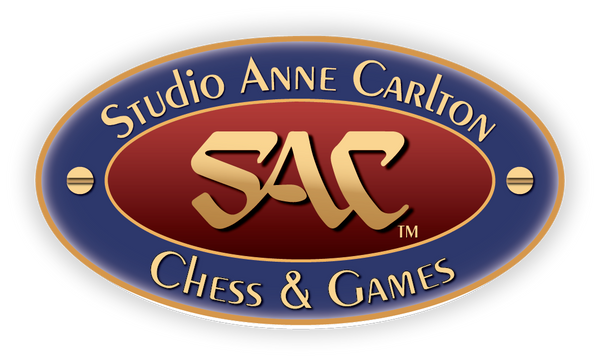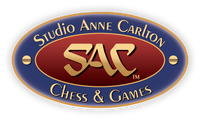
THIS SET IS IN PRE-PRODUCTION, PLEASE UNDERSTAND IT MAY TAKE A WHILE LONGER FOR YOUR SET TO SHIP.
During the Middle Ages the King of England ruled and governed with the advice of the great barons of the realm. To a large extent power at that time rested with the aristocracy but by the seventeenth century this class had become less powerful and the King ruled with the advice of the Houses of Parliament, Lords and Commons both.
Why this English Civil War handmade chess set?
- Each piece has a fine felt base, giving it a soft, smooth landing when moving
- Handmade in Great Britain with extreme attention to detail, made uniquely for you
- All elegantly packaged in a premium presentation box, for both safe transportation and the utmost unboxing experience
Featured characters of this set
- Charles I
- Oliver Cromwell
- Thomas Wentworth, Earl of Strafford
- John Pym, Parliamentarian Preacher
Additional Details about this set
- King Height : 4.85" Parliamentary, 4.82" Royalist
- Queen Height : 4.62", 4.71"
- Bishop Height : 4.54", 4.31"
- Knight Height : 4.17" , 4.10"
- Rook Height : 2.97" , 2.85"
- Pawn Height : 3.28" , 3.33"
- Base Width : 1.51", 1.50"
The history behind this English Civil War chess set
In 1629, King Charles I, who believed that he was King by divine right, became tired of the way Parliament gave him advice whether asked for or not, and decided to dismiss both Houses and run the country alone.
After ten years of personal rule King Charles was forced to summon a new Parliament although he still would not agree to share power and the two sides eventually came to open war.
The Royalist side was commonly called “Cavaliers”, a corruption of the Spanish word cavaliero, a type of Spanish soldier who brutally oppressed Protestants. The Parliament forces were contemptuously termed “Roundheads” because many of their supporters had short basin cropped hair and took to wearing plain clothes of sober colours, a strong contrast to the flowing locks and lace collars of the Royalist Cavaliers.
Hostilities began with the Battle of Edgehill in 1642 and in the early months of the war the Royalist side seemed to have the upper hand. However in 1644 the Parliament dismissed it’s generals, restructured it’s Army and appointed new leaders. This new Model Army led by Oliver Cromwell won a major victory at Marston Moor in 1644 and a decisive victory at Naseby in 1645. The war was virtually over the King surrendered in 1646.
Our English Civil War chess set attempts to portray the two opposing sides dressed in the costume of the period. The opposing armies consisted of cavalry armed with pistols and swords, and foot soldiers carrying muskets or sixteen foot pikes. The armour of the period was a leather coat or jerkin, an iron breast and back plate and a open faced “lobster tailed” helmet many of which were fitted with three protective face bars.
- Choosing a selection results in a full page refresh.















































